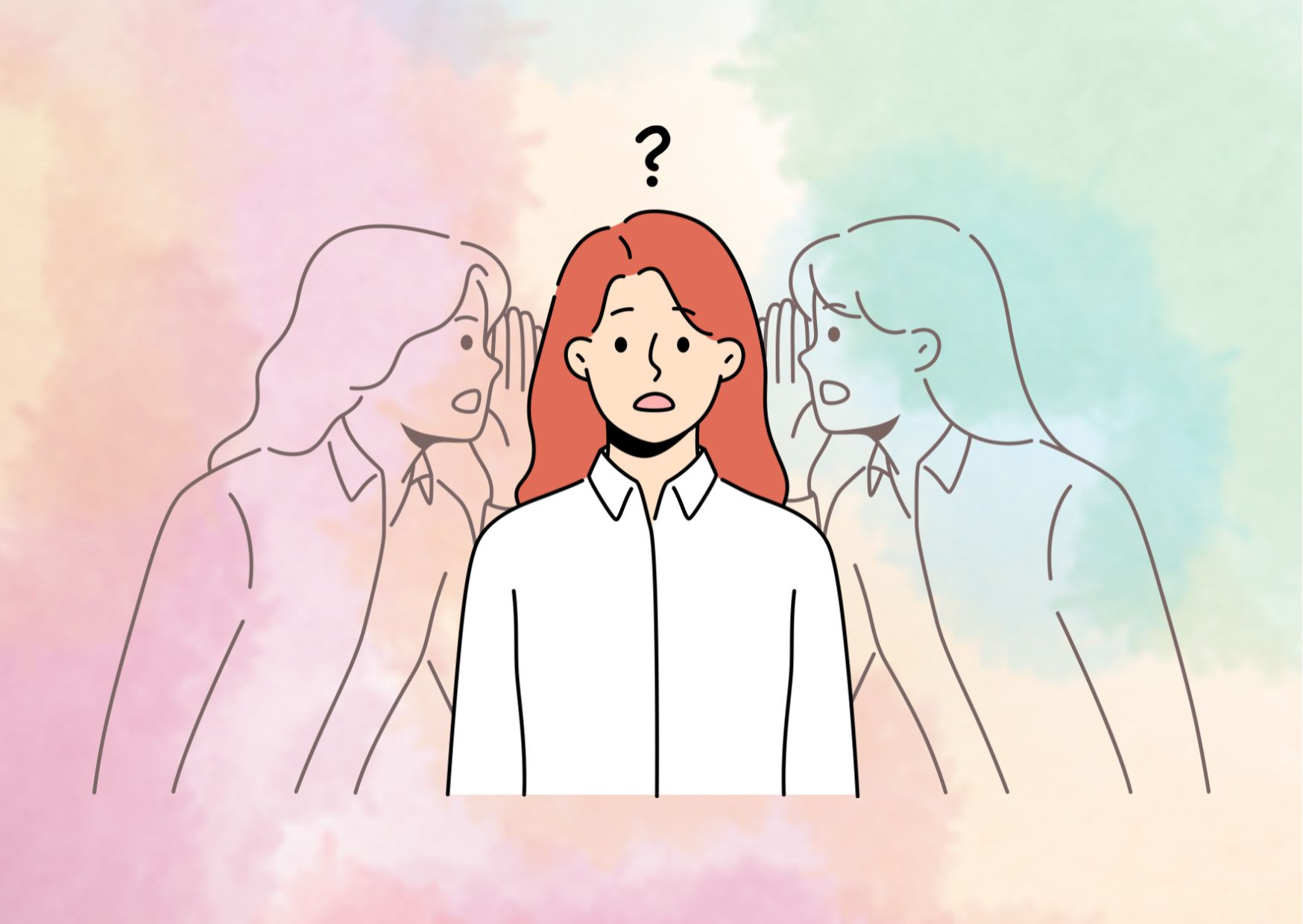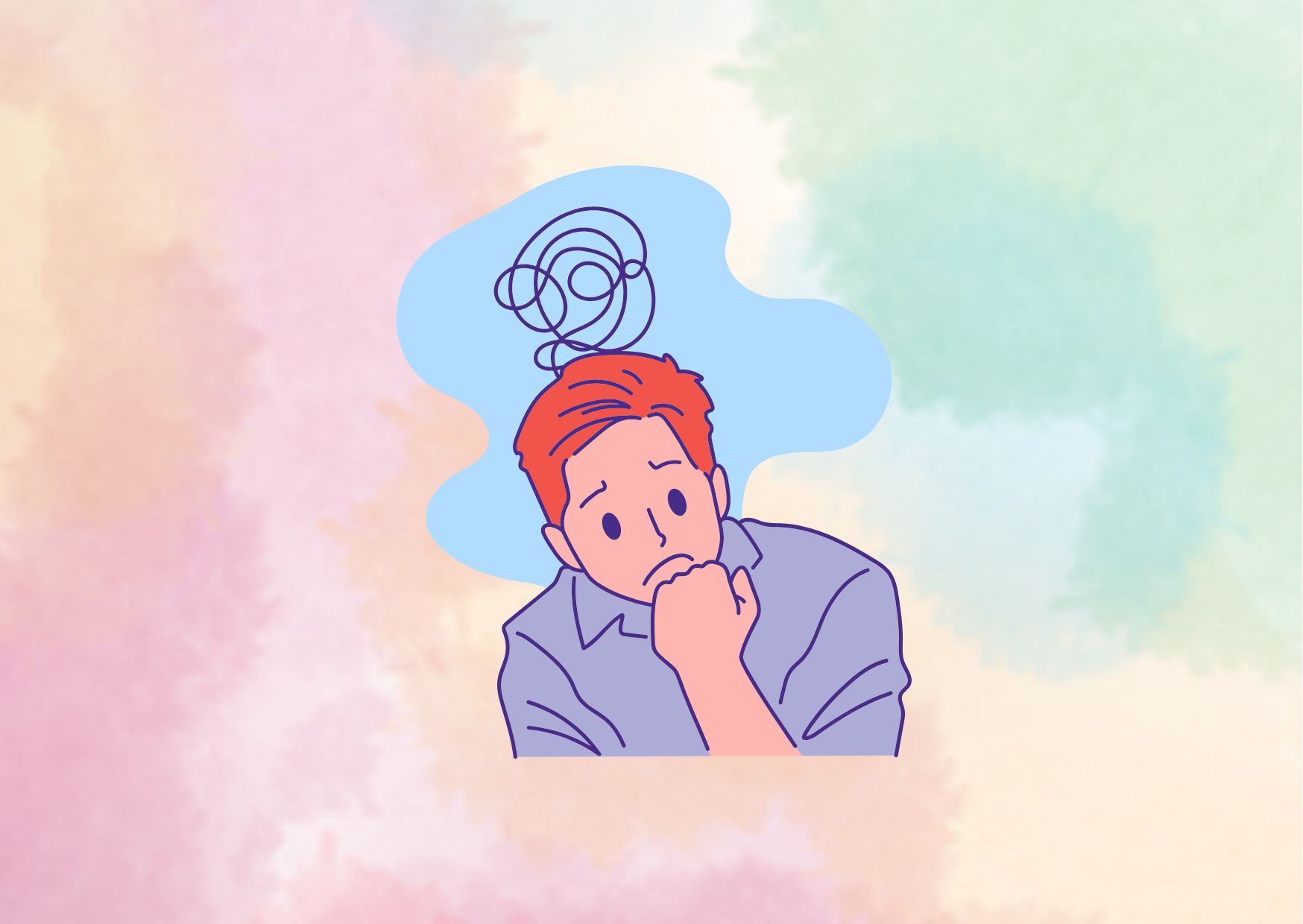Psychological Concept of Cognitive Dissonance
Have you ever held two conflicting beliefs at the same time? This common psychological experience has a name – cognitive dissonance. The cognitive dissonance definition describes the mental discomfort people experience when their beliefs, attitudes, or behaviors contradict each other. This fundamental concept in psychology affects everyone and influences many of our daily decisions.
This article explores the core principles of cognitive dissonance, including its causes, effects, and management strategies. We examine how this psychological phenomenon manifests in everyday life, what triggers it, and practical approaches to handle the mental tension it creates. Understanding cognitive dissonance helps explain why people sometimes make unexpected choices or change their beliefs to maintain psychological consistency.
What is Cognitive Dissonance?
Cognitive dissonance represents a fundamental psychological concept describing the mental tension that occurs when a person holds contradictory beliefs, ideas, or values. This psychological phenomenon, first identified in social psychology, manifests as discomfort when individuals encounter situations where their thoughts, attitudes, or behaviors conflict with each other.
Definition and core concept
The cognitive dissonance definition encompasses the psychological stress experienced when people recognize inconsistencies between their beliefs and actions. This mental state creates an uncomfortable tension that motivates individuals to seek resolution. The concept involves two main types of cognitions:
- Consonant cognitions: Thoughts and beliefs that logically follow from one another
- Dissonant cognitions: Opposing thoughts that create psychological conflict
Leon Festinger’s theory
In 1957, psychologist Leon Festinger formally introduced the theory of cognitive dissonance through his groundbreaking work “A Theory of Cognitive Dissonance.” His research demonstrated that humans inherently strive for psychological consistency to function effectively in the real world. The magnitude of dissonance depends on two primary factors:
- The number of dissonant beliefs
- The importance of these beliefs to the individual
Festinger’s theory proposes that the existence of dissonance creates psychological discomfort, which motivates people to reduce this tension through various mechanisms. The greater the magnitude of the dissonance, the stronger the pressure to eliminate the inconsistency.
Examples of cognitive dissonance in everyday life
The theory manifests in numerous real-world situations. A classic example involves smoking behavior: a person who continues to smoke despite knowing its harmful health effects experiences cognitive dissonance. To reduce this discomfort, they might either:
- Change their behavior by quitting smoking
- Modify their beliefs about smoking’s health impacts
- Add new consonant cognitions to justify their behavior
Another significant example emerged from Festinger’s research with a doomsday cult. When their prophecy failed, instead of abandoning their beliefs, the most committed members intensified their proselytizing efforts to reduce their cognitive dissonance through social support.
The theory also explains workplace behaviors, such as when employees rationalize unethical practices or justify problematic decisions. For instance, an individual might continue working at a company whose values they disagree with by convincing themselves that their presence could facilitate positive change from within.

